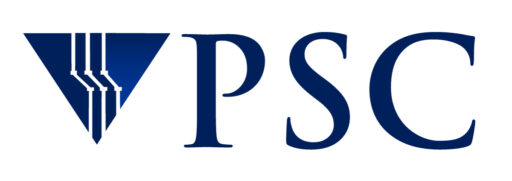PSC Mentors Local Students to Win TeraGrid Science Competition
Other Pittsburgh-Area Students Also Receive Recognition
PITTSBURGH, June 18, 2008 – Matthew Stoffregen, a junior at Woodland Hills High School, won first prize in a science competition at the third annual conference of the TeraGrid, the National Science Foundation‘s program of cyberinfrastructure for U.S. science and education. Other local high-school and university students also won recognition at the conference, held June 9-13 at the Riviera Hotel in Las Vegas.
TG ’08 Student Winners (l to r): Max Hutchinson, Shivam Verma, Cadeal Chase, Hari Seshadri,
Bryan Bemley (front), Tyrell Ferguson and Jessica Travierso
“This is an impressive performance,” said Laura McGinnis of the Pittsburgh Supercomputing Center (PSC), who recruited and mentored area students in the TeraGrid competitions. “It represents a headstart for this area in producing cyber-savvy individuals who will help to generate technological innovations and future economic growth.” Two university students whose work was recognized in the TeraGrid competitions are PSC student employees.
Pittsburgh-area students dominated the competition won by Stoffregen. Called “The Impact of Cyberinfrastructure on Your World,” this competition invited high-school and undergrad students to showcase ways in which cyberinfrastructure will affect human communities. Three of six entries nationwide were from this area.
Stoffregen’s winning project, The Applegate, Jacobson, and Sleator Conjecture, built on the work of mathematicians to improve the conjecture that there is a winning strategy for the game of Sprouts. He ran calculations on his personal computer, and showed how he could run more complex cases of the conjecture with access to high performance computers.
Shivam Verma, of North Allegheny School District, placed second and Srihari Seshadri, a Franklin Regional Senior High School student and PSC student employee, placed third. Verma, a first-place winner at last year’s TeraGrid conference, took a fresh approach proposing using high performance computing to monitor sensors in the body. The goal is to detect life-changing medical issues well before their onset. Verma envisions computers that can “interact directly with the world.”
For his entry, Beating Vegas: Not for Dummies, Seshadri created programs that would determine the best strategy for winning at blackjack. His results show that to make money requires counting cards and employing a conservative strategy. Seshadri didn’t know when he started his project that the competition would be a short walk from the Riviera Hotel’s casino.
In a second competition, “TeraGrid Student Research,” undergraduate and graduate students described the benefits of grid computing. A student at Carnegie Mellon University, Maxwell Hutchinson, came in second in undergraduate research for his work with solenoids. Hutchinson, a student programmer at PSC, expressed interest in creating “gateways” – also called portals – to help simplify the process of research with high performance computing.
A panel of judges, organized by Jesse Bemley, director of the Joint Educational Facilities in Washington, D.C., evaluated the entries based on scientific merit and potential impact. The panel, said Bemley, praised the breadth of projects, which included both “highly imaginative” and “low-end research oriented” projects.
Although the TeraGrid conference and the student competitions are in only their third year, the effects are already visible, noted PSC’s McGinnis. Many parents, she said, have cited increased interest the TeraGrid competition generates locally, both in high schools and in regional science fairs. As the number of participants continues to grow, the program’s ability to encourage young people to enter the fields of science, technology, engineering and math will also increase. Plans are already underway for more student competitions at the 2009 Annual TeraGrid Conference.
